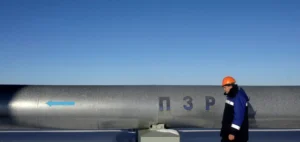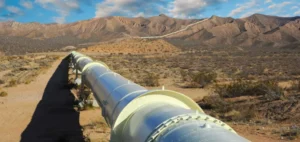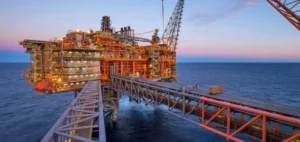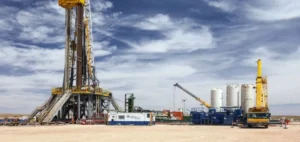In Japan, companies are signing several agreements to source LNG from Oman LNG and Venture Global.
Multiple contracts
In Japan, companies are entering into a preliminary agreement of up to 10 years with Oman LNG. In addition, they also announce a 20-year agreement with the American Venture Global. LNG supply has been restricted since the start of the Russian-Ukrainian conflict.
Russia is reducing gas supply flows to Europe. This is leading European countries to import record amounts of LNG cargoes. This reconfiguration of flows is weighing on global supply and driving up prices.
In Japan, JERA and the trading companies Mitsui and Itochu are signing contractual agreements with Oman LNG. The contract calls for the delivery of 2.35 million tons of LNG per year from 2025. Oman LNG gives a supply allocation of 800,000 tons per year to JERA and Itochu.
For its part, Mitsui will take 750,000 tons per year of LNG. JERA, Japan’s largest LNG importer, says it has signed a key term sheet with Oman LNG. The Japanese company would buy up to 12 cargoes or about 800,000 tons per year for 10 years, starting in 2025.
According to JERA, the contract will offer great flexibility. In addition, it will help Japan to better respond to uncertainties regarding domestic LNG supply and demand. JERA, the power company, states:
“Competition in LNG supply has intensified and, therefore, a timely and stable supply of fuel in line with the domestic electricity supply and demand situation is necessary to ensure a stable energy supply in Japan.”
Japan turns away from Russia
Itochu has a 20-year contract with Oman LNG to purchase 700,000 tons per year of LNG that will expire in 2025. These statements followed a report by Japanese broadcaster NHK. Indeed, according to NHK, the three companies would get about 2 million tons of LNG per year from Oman over 10 years starting in 2025.
Other companies in Japan were in talks with Oman LNG about term contracts. They could bring Japanese LNG imports from Oman to more than 3 million tons per year. In addition, the agreements with Oman LNG came during a visit to Oman by Japanese Industry Minister Yasutoshi Nishimura.
In addition, Japan’s leading oil and gas explorer Inpex announced an agreement with U.S.-based Venture Global LNG. The 20-year agreement would be used to import 1 million tons per year from Louisiana. Indeed, Venture Global LNG is expected to begin construction of a project in 2023 in the U.S.
The new supplies could help Japan diversify away from the Russian Sakhalin project. Imports from Sakhalin in Russia account for 9% of Japan’s total LNG imports. This represents 74.3 million tons per year.
Last year, Japan imported 1.9 million tons of LNG from Oman. This figure represents 2.6% of its total imports. In addition, the country imported 9.5% of its total imports from the United States.






















